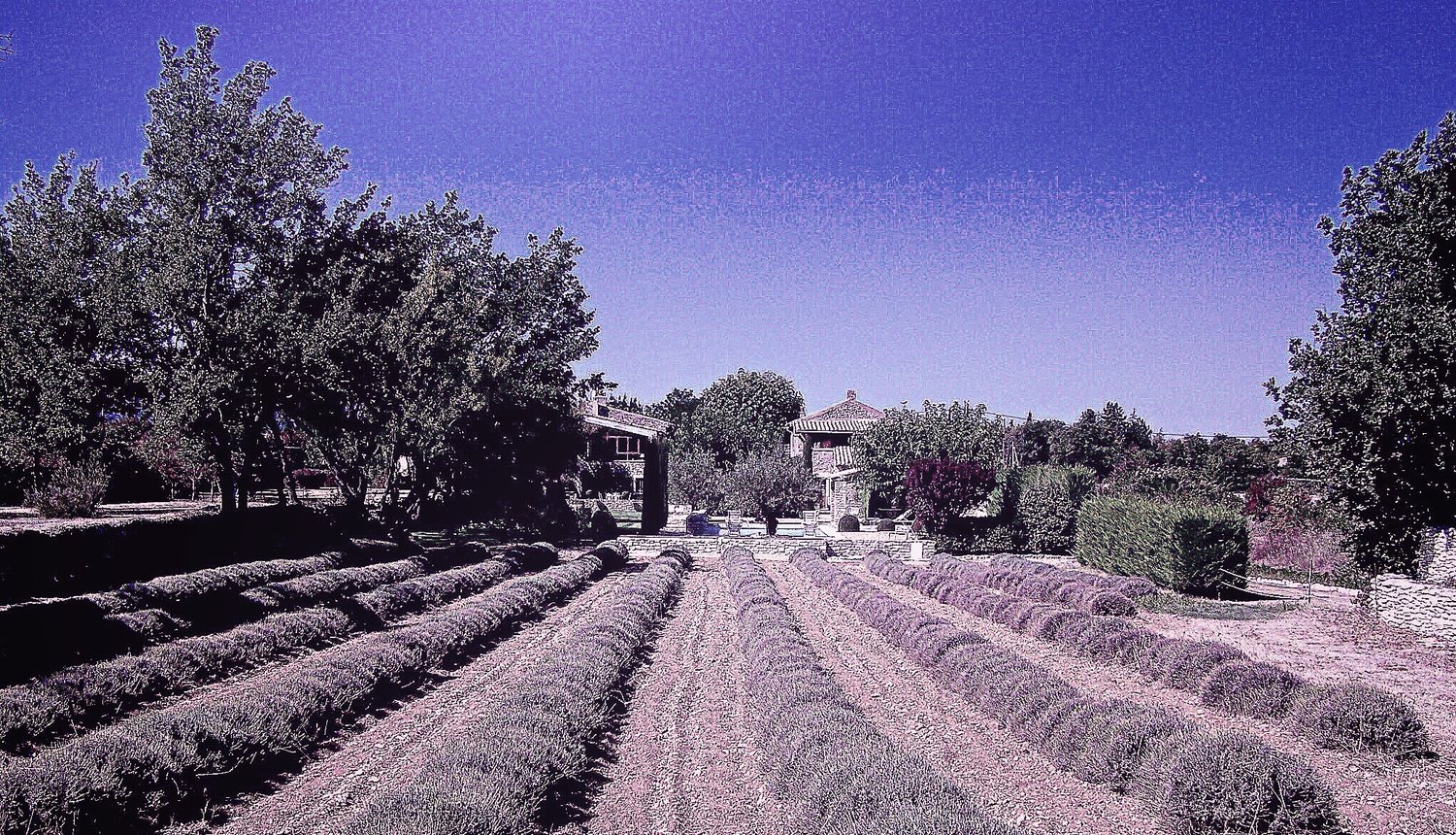Easter in Provence: lamb is the centre piece of the Provençal Easter meal
The south-east of France is the cradle of French sheep farming. For over 6,000 years sheep have grazed on the routes of the Alps, Provence and the Mediterranean. During the middle ages the monasteries expanded the tradition raising sheep, selling them in monthly regional market fairs.
The city of Sisteron, located in the heart of the historic breeding area, has been the center of exchange for the sheep farms of Provence and is known for its sweet, light, tender cuts of young lamb. Agneau de sisteron has been used as a label for the local lamb since the 1920’s and since 2003 the label is recognised under the IGP which guarantees a lamb’s Provençal origins.
When choosing lamb look for the Label Rouge, a sign of quality assurance, and confirmation that the free-range lamb was raised in a way that is respectful of animal welfare and protects the environment.
To merit the designation the lambs are bred from local rustic breed and suckled by their mother for a minimum of two months, then grass fed, grazing freely on hills of the region, until they reach the age of three to seven months.
At this time of year one can see and hear the sheep in the Luberon valley below our property before they are moved to ever higher grazing grounds as the heat of the summer progresses.
The Easter tradition
No meat is more synonymous with spring than lamb, the traditional centrepiece of the Easter meal when . Roasted with the local herbs of Provence, or slowly braised this versatile meat is capable of standing up to boldly flavoured herbs like rosemary. At Easter it is served with roast potatoes and fresh green beans, or if spring is late with flageolets, after a traditional Easter starter of cold asparagus in a vinaigrette sauce topped with eggs and chopped chives.
The Christian Church adopted eggs as of symbol of the resurrection at Easter: originally the eggs were real eggs decorated and sometimes coloured.
There is not a traditional Easter dessert but it’s customary to also serve the first strawberries of the season before the chocolate bounty of the Easter egg hunt.
An Easter ritual in many parts of the world, French oral tradition links la chasse aux oeufs to the Catholic tradition, forbidding church bells to ring on Good Friday. The bells are said fly to Rome to be blessed by the Pope, returning back on Sunday loaded with chocolate treats for good children. The announcement that les cloches sont passés and send everyone of all ages outside to collect chocolate or sugar eggs, hens, rooster, bunnies and flying bells, all symbolic of Easter.
Roast Lamb
I have served lamb every Easter, roasted on branches of fresh thyme or rosemary from the garden and served either with flageolets or a gratin dauphinois and steamed fresh green beans. To prepare the lamb:
Take the lamb out of the refrigerator a couple of hours before cooking so it reaches room temperature. Brush with olive oil. Brown the lamb on all sides ideally in in a cast iron roasting pan which can then be placed in the oven. Place on a bed of fresh thyme or fresh rosemary branches and cover, roasting for 12 to 15 minutes per pound until pink in the middle. Before carving let the lamb ‘set’ in the cooling oven for 15 minutes. Serve on heated plates as lamb is best served very hot.
Bonne appétit et Joyeuses Paques!


